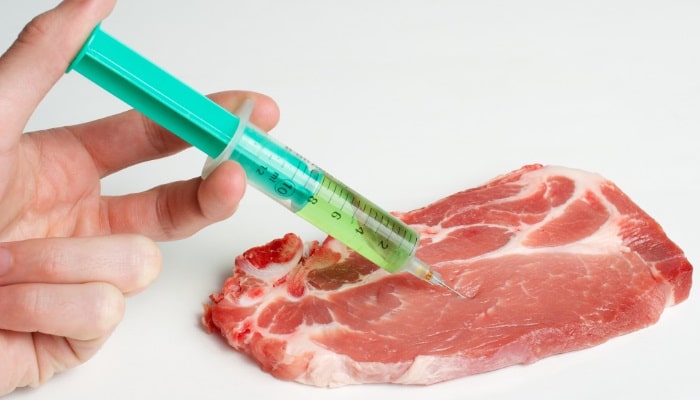EFSA has published its report on the year 2016 of monitoring results for residues of veterinary medicinal products and unauthorised substances in live animals and products of animal origin.
A total of 710839 samples were checked by 27 Member States. The non-compliance rate for 2016 was 0.31%, comparable to the previous 9 years (0.25% -0.37%).
The presence of unauthorised substances and residues of veterinary medicinal products in food is a risk factor for public health.
Three main EU texts govern the rules applicable to veterinary residues and prohibited substances:
- Regulation (EU) No 37/2010 sets maximum residue limits for veterinary medicinal products in food-producing animals and products of animal origin.
- Regulation No 396/2005 sets maximum residue limits for pesticides in food and feed of plant and animal origin.
- Directive 96/23/EC lays down measures for the monitoring of certain substances and residues thereof, mainly veterinary medicinal products, in live animals and animal products.
The products analysed for 2016 are as follows: cattle, pigs, sheep and goats, horses, poultry, rabbit, farmed game, game, aquaculture, milk, eggs and honey.
For Group A:
- No non-compliant samples were reported for stilbenes and their derivatives (A1)
- For antithyroid (A2) agents, 0.45% of samples were non-compliant.
- In the steroid group (A3), 0.09% of the samples were considered non-compliant (all for anabolic steroids).
- In the group of resorcylic acid lactones (A4), 0.14% of the samples were not compliant for zearalanone and its derivatives.
- Prohibited substances (A6) were found in 0.03% of the samples. The substances identified were chloramphenicol, nitroimidazoles and nitrofurans.
For Group B:
- For antibacterial agents (B1), 0.17% of samples were non-compliant.
- In group B2 (other veterinary drugs), the highest proportion of non-compliant samples was found for NSAIDs (0.25%).
You can consult the complete regulations at the attached link: Report for 2016
Our laboratory has recently developed an innovative method for the analysis of drug residues on a number of chemical families unrivalled in France.
The laboratory is thus able to detect and quantify a large list of drug residues using a high-performance HPLC-QTOF technique, supplemented with LC-MS/MS, in a package that also includes Chloramphenicol.
For any technical, pricing or regulatory information, do not hesitate to contact us.





